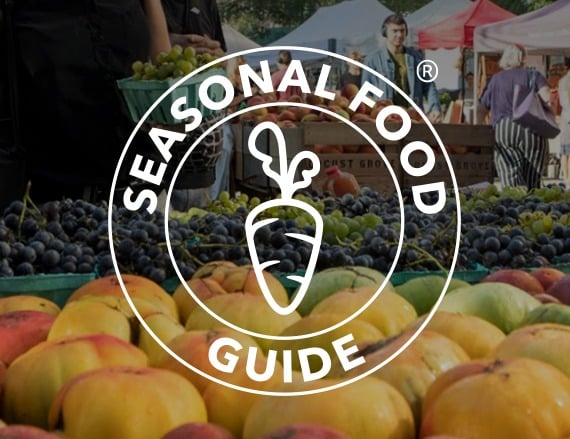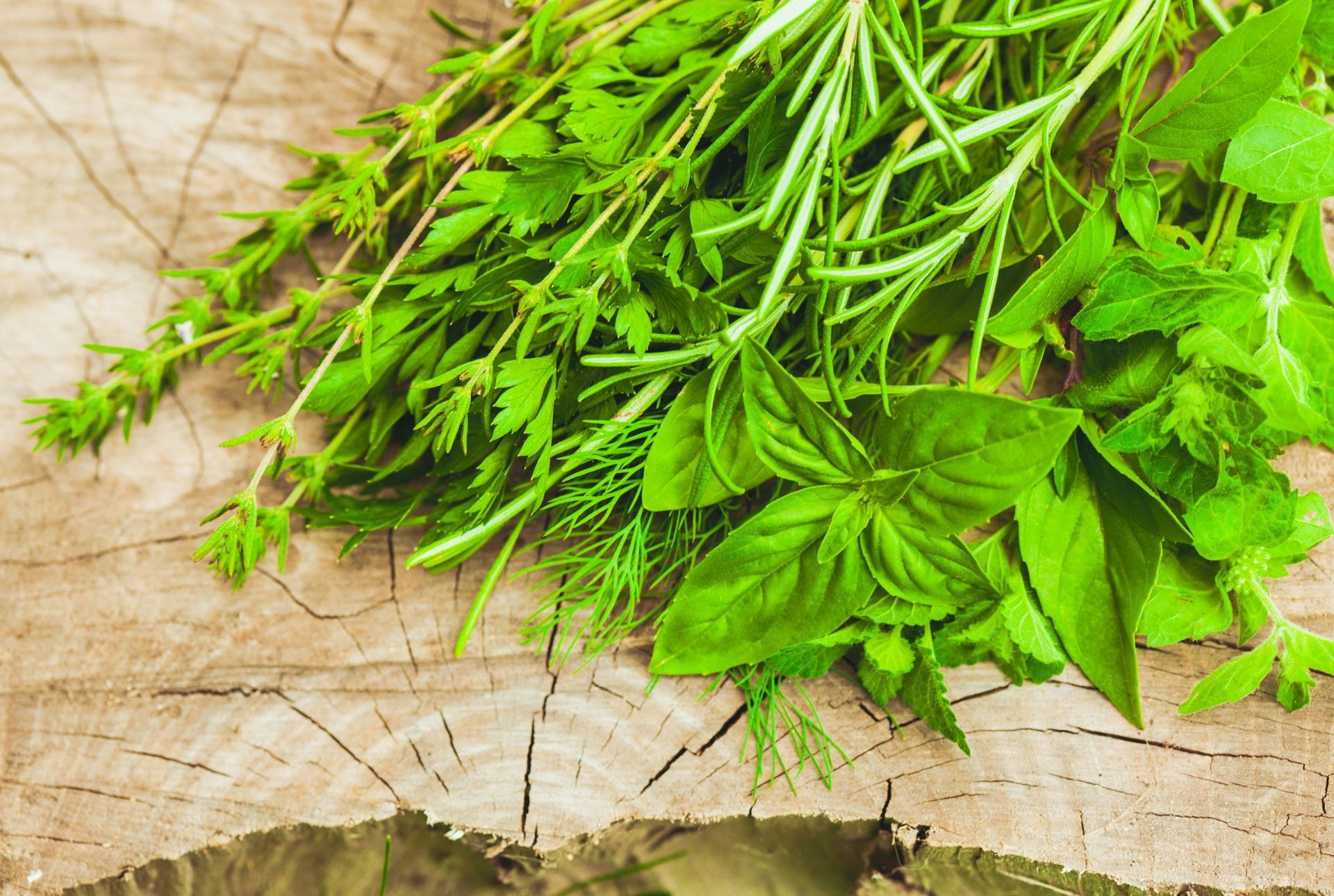Real Food Encyclopedia | Basil
If you’re lucky and have access to a garden with verdant clumps of basil growing in it, there’s nothing like its heady smell hovering in the summer heat.
In the U.S., basil most commonly refers to the leaves of sweet basil, (Ocimum basilicum), enjoyed in pesto and commonly added to sauces, salads and pizzas. But there are several varieties of basil common in cooking worldwide, with holy basil (O. tenuiflorum) and Thai basil (O. basilicum var. thyrsiflora) being some of the most common in Asian cuisines. Varieties like lemon basil (O. × citriodorum) are favorites in the garden for their unique scents.
While people in the U.S. might associate basil most closely with Italian food, it is actually native to India and Southeast Asia. The earliest known reference stretches back 5,000 years to Indian Vedic texts.
Did you know?
- Basil is known as the king of herbs, with the name originating with the Greek word for king, basileus. In addition to its common French name, basilic, basil is also known as l’herbe royale in French. But if you want to slander someone in France — perhaps picking up on basil’s unflattering folklore — the phrase to use is semer le basilic (“sow basil”).
- In Italy, folk wisdom says to put a pot of basil on your windowsill to signal a lover. But in Ancient Greece and Rome, it was believed that the herb would only grow where there was hatred and abuse.
What to look for when buying basil
In addition to green basil commonly seen in markets, basil also comes in several purple varieties, a “lettuce leafed” variety (which has giant leaves), a type with tiny leaves (globe basil, which grows into a round, bushy-like plant), several Thai varieties, a lemon-scented type and many more. For all varieties, choose fresh basil leaves that are rich in color and perky, rather than wilted or crushed. If pre-packaged, leaves should be vibrant and lacking dark spots or wilting, signs that the basil is less than fresh.
Supermarket basil is frequently sold in small pots, usually filled with a soil-free growing medium. This basil is grown hydroponically or aeroponically in greenhouses, and often has a fresher taste than cut basil leaves outside of the main growing season.
Sustainability of basil
Basil tends to be (mostly) unaffected by insect predators, so the use of pesticides and herbicides on basil is not common in gardens and the small farms that grow basil for farmers’ markets. However, basil plants on larger operations may be sprayed with pesticides and herbicides. Look for organically grown basil if you can find it, or grow your own.
Basil seasonality
Basil is the quintessential summer herb, pairing beautifully with other summer produce (think: tomatoes, eggplant). But basil can be enjoyed year-round, either grown and harvested outdoors during the summer months or grown indoors on your windowsill.
Eating basil
Storing basil
Store basil upright in water on your countertop — basil doesn’t love cold. If you must, wrap in damp paper towels and place in the crisper drawer in your refrigerator.
Cooking with basil
Sweet basil is often enjoyed raw, allowing its sweet, pungent flavor to shine through, although the herb is a nice addition to hot Italian dishes such as pasta sauce. Pair it with cheeses (mozzarella is a classic), fruit (think outside the box — pair purple basil with peaches, for example) or turn into creamy ice cream.
Some cuisines use basil as a cooked leafy vegetable. Pad kra pao and eggplant basil are two classics that use stir frying to make the leaves tender and sweet without losing their fragrance.
Preserving basil
Too much basil from your garden or CSA? A great way to preserve your haul and enjoy basil any time of the year is to make basil “ice cubes.” First chop up basil that has been washed and patted dry. (This can be any amount as you can adjust the oil used.) Combine chopped basil with enough olive oil so there is a 2:1 ratio (oil to basil). Mix carefully. Spoon the mixture into a clean ice cube tray and freeze. After cubes are solid, they can be stored in an airtight container for up to a year.
Basil can also be dried, but it often loses much of its flavor in the process.
Nutrition and health
Because basil is most often consumed in small amounts, it’s unlikely to be a major source of most vitamins and minerals, but it is relatively high in vitamin k, with a quarter cup of chopped leaves providing about 20 percent of your daily needs. Several basil varieties have been used for millennia in folk medicine, and preliminary studies have found evidence that basil extracts could help control blood sugar, improve mental alertness and help improve cardiovascular health.


